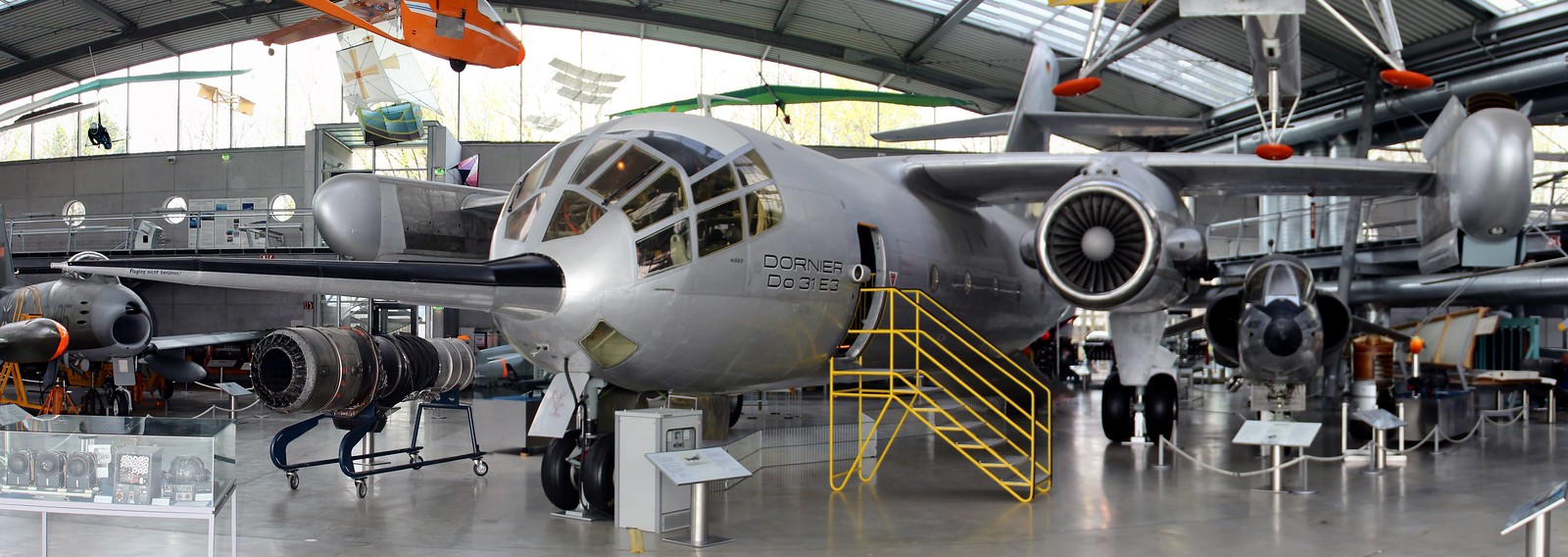“Are you a pilot?” is a question I get asked a lot - No, I am not.
I’m not ruling out completely that I might still go for it, but at present I’m okay with being flown. My fascination with flying machines isn’t about sitting in front and controlling them; it’s about the engineering history and then there is also a good amount of “hardware envy”.
Software engineers build volatile virtual things. Until a few years ago, you could at least get some carton or plastic box with floppies (!) or a CD/DVD to put on the shelf to look at and say “I helped with that”. Now we build cloud software. Invisible bits. There’s nothing to look at. Information technology hardware is broadly standardized, largely boring, and it’s tiny and brittle.
One of the reasons why the “Internet of Things” is such a huge trend may quite well be that a lot of people who have so far build “pure software” now see a channel to deal with their hardware envy. Cars, aircraft engines, building controls. But that is for a later post.
The aerospace industry is, in many ways, the software industry’s predecessor as the world’s hottest industry. Before software became the world’s leading technology industry, aerospace had the deepest talent pool and the greatest funding, lots of it owed to the military arms race of the Cold War, but also because the drive for technology progress was not yet as constrained by concerns about sustainability on one hand and about maximizing corporate profit on the other hand. The BAC/Aerospatiale Concorde project would not have started under today’s circumstances. Too loud, too much fuel consumption, effectively impossible to operate at a profit in spite of huge government subsidies. It’s not obvious that today’s Boeing would dare to launch the 747 program as it did in 1966, especially with the supersonic transport program going on in parallel.

Giant bombers like the Convair B-36, Boeing B-52, or Tupolev Tu-95, super-fast interceptor aircraft like Convair’s F-102 and F-106 or the Mikoyan MiG-25, high-altitude spy planes like the Lockheed U-2 and SR-71, strategic transport monsters like Antonov’s An-124 and An-225 or Lockheed’s C-5 Galaxy were all driven by particular military requirements that arose from the superpower-block confrontation that dominated the post-WW2 Cold War world. Trillions of dollars and rubels poured into the industrial/military complex funding engineering efforts.
The space race was a part of the arms race. Juri Gagarin and Alan Shepard rode into space on top of rocket boosters that were factually designed to deliver nuclear warheads on an suborbital trajectory into the enemy’s territory. There would have been no Moon landing without the U.S. having the strong desire to show the Russian who’s boss in terms of technology.
The second world war made aviation indispensable, and the Cold War made aerospace the central focus of technology. The aerospace industry was “the technology industry” as much as that term is today ascribed to the software industry. And there was probably more technology and the logistics issues were quite interesting and the deadlines were ridiculous. The Lockheed Skunk Works program to develop the CIA’s A-12 OXCART that would eventually evolve into the USAF’s SR-71 Blackbird not only had to develop a completely new concept of propulsion to achieve the desired speeds, but they also developed brand new new materials, a dedicated kind of fuel, and completely new manufacturing tools and processes to deal with titanium. The titanium was acquired, through a large web of cover firms, from the country with the greatest titanium reserves: Soviet Russia. The (by a wide margin) world-record setting A-12 that went over three times faster than the speed of sound (Mach 3.5) went from a drawing board concept to a flying aircraft in just 2 years. Arguably, Kelly Johnson’s Skunk Works also invented “being agile”.
I see software as being somewhere in aerospace’s wild 1950s. We figured out how to fly somewhat well, and networking is our jet propulsion. We crash a lot. Reliability is awful. We make stuff that is ridiculously wasteful like the appalingly dumb hash-collision lottery underlying Bitcoin/Blockchain. Instead of being funded by giant government programs motivated by military superiority and/or national prestige, a lot of our industry is subsidized by a grand lottery scheme that tries to find a “unicorn”, a working idea, from amongst a thousand failures - largely by trial and error. The innovation culture of the 1950s/1960s aerospace industry was just as unsustainable by pure market capitalism (in the sense that businesses live from what they produce/sell at a profit) as today’s Venture Capital fueled software industry is. Eventually businesses will have to turn a profit, but now is not yet the time. Apparently.

Hypes and fads were as common in aerospace as they are in software. For a long time in the 1960s, the aerospace industry was convinced and had everyone else convinced that all future passenger aircraft would be supersonic. “SST” was the hype term. Just as much, most military transport aircraft and most fighters would be capable of vertical takeoff and landing. Everything was to be “VTOL”, like the Dornier Do-31 above.
In the 1950s, there was strong believe that small nuclear reactors would eventually power planes and cars. The Convair NB-36 aircraft carried an operating nuclear reactor (it didn’t help with propulsion, but that was meant to be the next development step). For real. Not a lot came out of these and many other hypes, and the duration of these hypes were substantial. Some went on for a decade.
Sometimes there are technical achievements that are fantastic as a general concept, like the Space Transport System (the Shuttle) conceived in the 1970, and those give us unprecedented capability. And then we regress back from these capabilities, because there is no sufficient will to push on. The more economic private space lift capabilities being developed by SpaceX and Blue Origin and others are fantastic, but from a 1970s perspective we should be ferrying supplies to Moon and Mars bases with fully reusable spacecraft today. At least.
A lot of my fascination with the history of the aerospace industry is that it is a parallel world with a lot of the same characteristics; and it’s an industry which had its grand crazy hayday some 40-50 years ago and is, after massive consolidation, still innovating, but with different means and focus.
If you want to see the future, you need to develop a sense for what is real and what’s not and what hype will stick and which one will blow over. I find it helpful to look at high-tech industry history for that. I have collected a fairly deep archive reaching back into the 1950s and even into the second world war at home and sometimes I pick some topic and then follow the story throgh the years. It’s quite interesting; and fun.
Photography per-se wasn’t a great factor for me going to aviation museums initially, but by now it surely is. Aircraft are interesting to take photos of, both in flight and in the dark pits that many museum hangars are. I am sharing a lot of my photos and museum travel stories here in this growing collection of trip reports.
And now look at those hot F-5 Freedom Fighter area-ruled curves …




